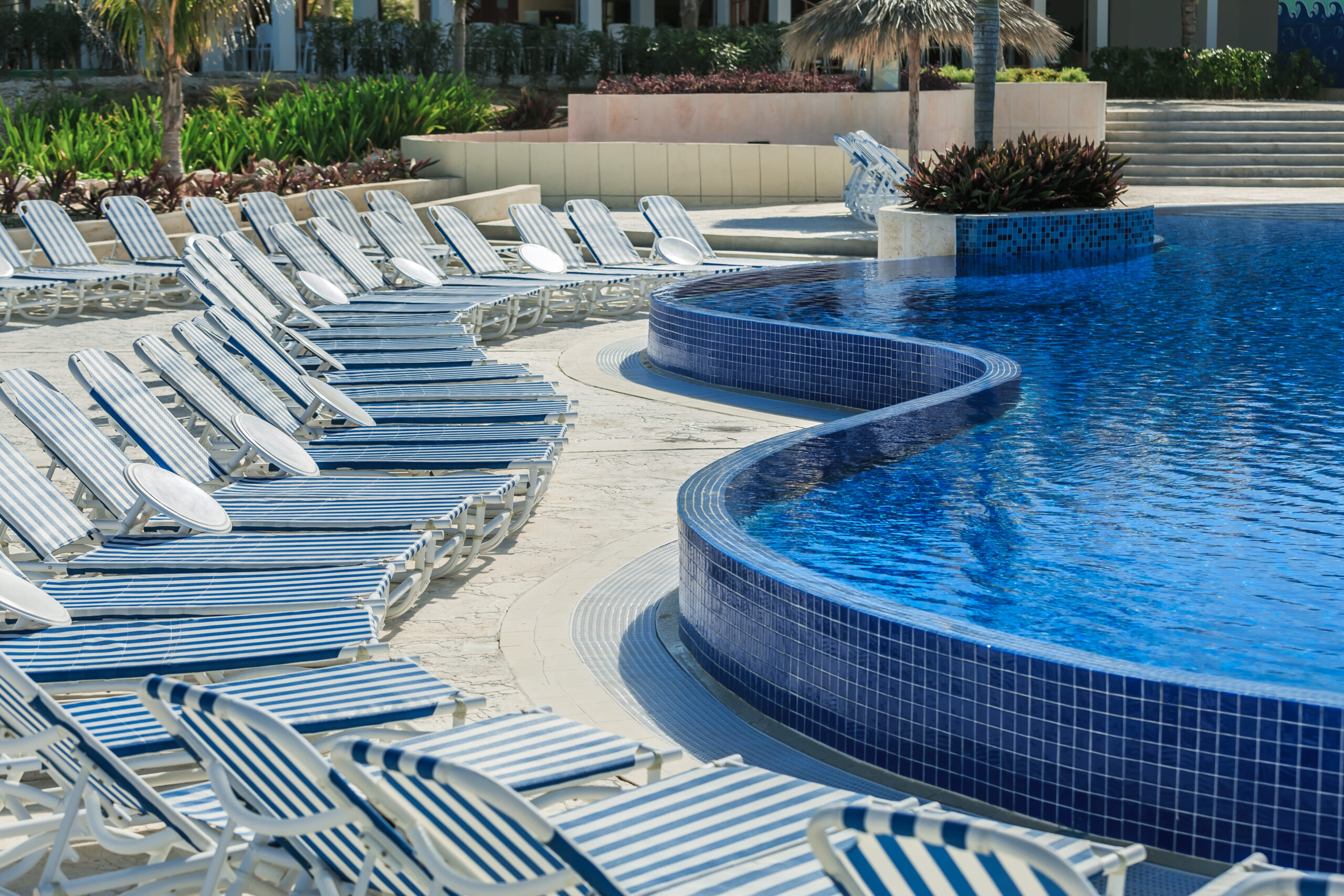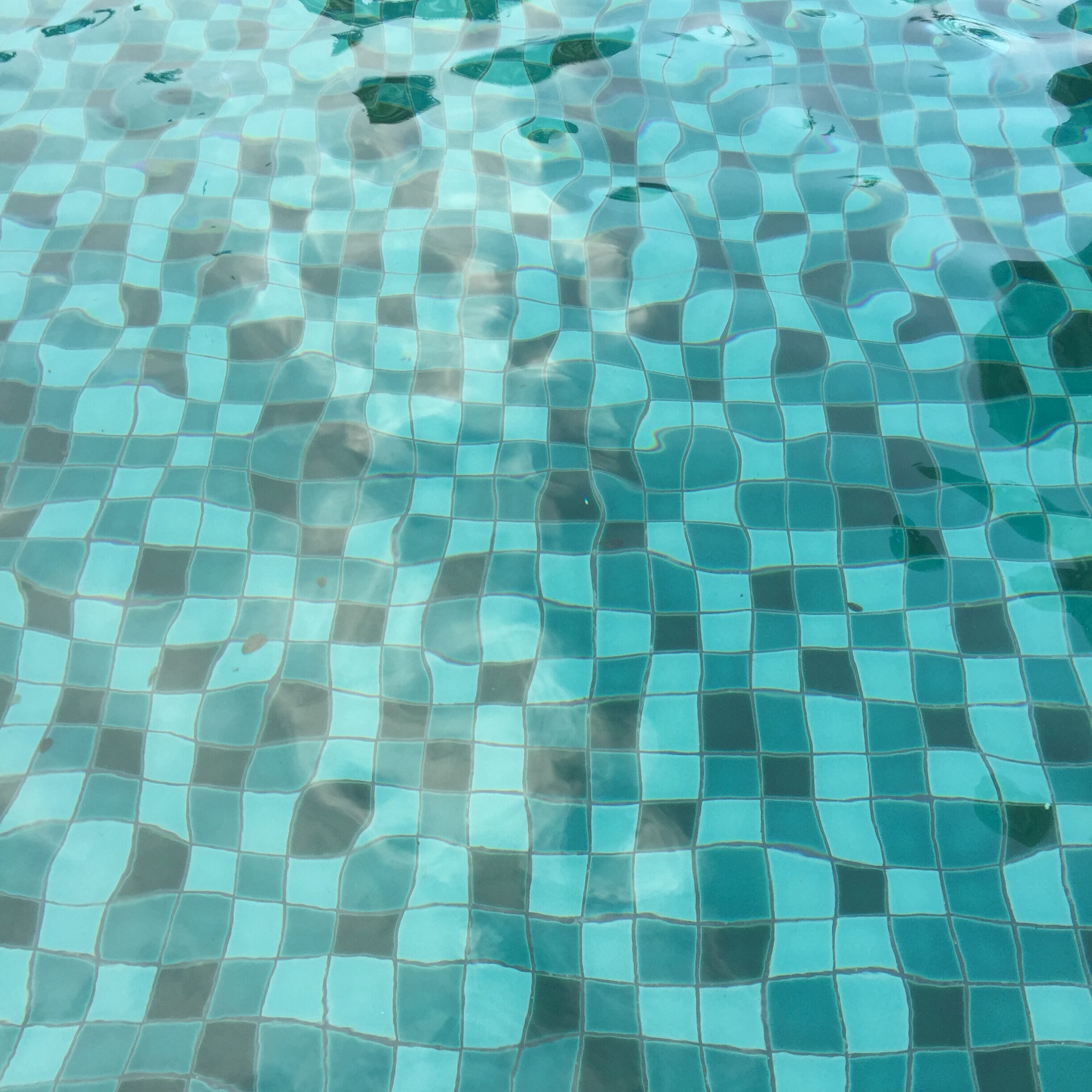You’re ready to take your pool to the next level with some chic new tiles, aren’t you? But where do you start?
This guide’s got you covered! Here, we’ll dive into different types of pool tiles, what factors to consider when choosing, and how they’ll match your pool design.
You’ll be a tile expert in no time!
Understanding Different Types of Pool Tiles
You’ll need to understand the different types of pool tiles before you can make an informed decision. Each type brings its unique style, durability, and maintenance needs, making your choice crucial in influencing the overall aesthetic and functionality of your pool.
Ceramic tiles are a classic option due to their cost-effectiveness and versatility in design. They’re easy to install, which simplifies the tile installation process. However, they might not be as durable as other materials.
Porcelain tiles are another popular choice. They’re denser than ceramic tiles, offering greater resistance against wear and tear. Moreover, porcelain’s low absorbency makes it ideal for pools since it reduces water damage risks.

Glass tiles have emerged as a leading trend in pool tile trends due to their vibrant colors and reflective properties that create stunning visual effects underwater. However, they’re pricier than ceramic or porcelain options.
Stone tiles provide a natural look but require more maintenance because of their porous nature.
Finally, mosaic tiles allow creative designs with miniature pieces assembled together. These can add uniqueness to your pool but may entail a more complex installation process.
In essence, understanding these differences aids you in striking the perfect balance between aesthetics and functionality for your dream pool.
Factors to Consider When Selecting Pool Tiles
It’s crucial to think about a few key factors when selecting what will cover the bottom and sides of your swimming area. Your choices in pool tiles should reflect not only your aesthetic preference but also practical considerations.
To help you make an informed decision, here are some aspects to consider:
– Tile Budgeting: High-end materials like glass or mosaic might look stunning, but they’ll definitely cost more. Determine how much you’re willing to spend before falling in love with a premium option.
– Color Psychology: Lighter colors can make small pools appear larger, while dark tones lend a lagoon-like feel. Remember that color impacts mood!
– Safety and Durability: Opt for slip-resistant materials that can withstand pool chemicals and temperature changes.
– Maintenance Requirements: Some tiles are easier to clean than others. Factor in long-term care when making your selection.
You must balance beauty and function in choosing your pool tiles. It’s not just about picking out pretty designs; it’s also considering their lifespan, safety features, maintenance needs, and how well they fit into your tile budgeting plans while leveraging color psychology for the best visual impact.
You’re not merely decorating; you’re adding value to your home.
The Pros and Cons of Various Tile Materials
We’re now going to dive into the pros and cons of various tile materials.
When it comes to tile cost comparisons, porcelain is a golden middle ground. It’s cheaper than stone but pricier than ceramic, offering durability and a wide range of design options.
However, if budget isn’t your first concern, stone tiles can provide an unmatched natural aesthetic.
Ceramic tiles are your go-to for cost-efficiency. They’re easy to install and maintain but tend to be less durable than other options.
Glass tiles, on the other hand, demand a higher price tag but reward you with unique visual depth and vibrant colors.
In terms of sustainability aspects, recycled glass tiles stand out. They’re eco-friendly and offer a variety of color choices for creative pool designs.
If luxury is what you seek, consider mosaic or granite tiles. Their rich textures add sophistication; however, they require professional installation and regular maintenance due to their porous nature.
Remember: each material has its trade-offs between aesthetics, functionality, cost-effectiveness, and sustainability. Take time to weigh these factors carefully as they will greatly influence the longevity and overall look of your pool area.
How to Match Tiles With Your Pool Design
Matching the perfect tile with your pool design involves considering not only aesthetic appeal but also practicality and longevity. To achieve this, you must carefully weigh color coordination strategies and tile pattern options against the existing style, theme, and structure of your pool area.
Consider these four points as you embark on this creative journey:
– Color Coordination Strategies: Explore complementary colors that enhance both the water’s hue and surrounding landscape. This could mean choosing cooler tones for a calming effect or warmer hues for vibrancy.
– Tile Pattern Options: Experiment with various designs from traditional mosaic to modern geometric patterns. Remember, intricate designs may require more maintenance.
– Longevity & Practicality: Opt for materials that withstand harsh weather conditions and regular use without losing their visual appeal.
– Overall Pool Design: Ensure your chosen tiles blend seamlessly with the overall design scheme of your pool area.
Remember, mastering this process takes time and careful consideration. You’re not just selecting tiles; you’re creating an environment that should reflect your personal taste while ensuring functionality.

Maintenance and Durability of Pool Tiles
You’re going to want to consider the maintenance and durability of whatever material you select for your swimming area. The perfect balance between aesthetics and longevity can be tricky, but with a little know-how, you’ll make an informed decision.
Ceramic tiles are popular due to their corrosion resistance and wide range of designs. However, they require regular tile cleaning techniques such as brushing or using specially formulated pool tile cleaners.
Glass tiles may require a bit more investment initially but they’re highly durable and resistant to both chemical damages and weather conditions, making them a worthwhile long-term option.
Be mindful about textured tiles. They add visual interest to your pool space but dirt can easily accumulate in the crevices which means frequent cleaning is necessary.
Porcelain tiles are another great choice; they stand up well against harsh pool chemicals while requiring minimal maintenance. Plus, their natural stone look gives your swimming area a classic feel.
Frequently Asked Questions
How Much Does It Typically Cost to Tile a Pool?
Pool tiling costs vary widely. It’s influenced by factors like tile durability comparison and choice of eco-friendly options. You’re looking at anywhere between $3,000 to $5,000 on average for a standard-sized pool.
Can I Install Pool Tiles by Myself or Do I Need a Professional?
You can install pool tiles yourself, but consider tile durability and DIY risks. It’s not just about sticking tiles on; understanding materials and ensuring a waterproof seal is vital. Professionals offer expertise in this area.
How Long Does It Take to Install Pool Tiles?
Depending on the tile selection process and installation prerequisites, it’ll typically take 1-2 days. You must account for prep work, setting time, and sealing. It’s a meticulous task requiring craftsmanship and precision.
Can I Change My Pool Tile After It Has Been Installed?
Yes, you can change your pool tile after it’s been installed. Consider tile longevity and the replacement process, ensuring a balance of aesthetics and functionality in your new choice.
What Are Some Common Problems or Issues That Can Arise With Pool Tiles?
Common problems with pool tiles can include issues with tile durability and cleaning methods. You may notice cracking, chipping or fading over time. Additionally, hard-to-clean stains can detract from your pool’s beauty.
